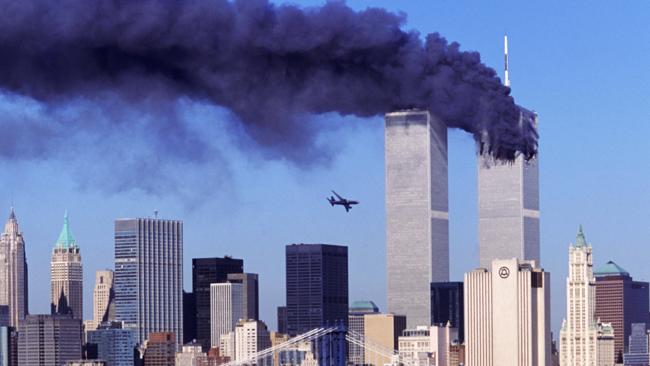
Part 1: How the U.S. Used Radical Islam and 9/11 to Advance Imperialism and Override the Constitution
This is Part One of a three-part re-evaluation of 9/11 in light of startling new evidence that may change many minds about the so-called “craziness” of those who have refused to accept the “official” government story of this traumatic and defining event, which has so tragically misdirected U.S. policy for the past 20 years
[Authors’ Note: Everything, we are told, changed in September of 2001. It has been twenty years since the terror spectacle of 9/11. On this grim anniversary, we offer some big picture analysis—a series of articles reflecting on the extent to which everything did and did not change as a result of 9/11. Begun months ago, and building on years of scholarship by the authors, the occasion is all the more salient given some strange synchronicity. Specifically, we have just witnessed the fall of the U.S. puppet regime in Kabul. And in the wake of this spectacle, the Biden administration announced plans to declassify information pertaining to the FBI’s investigation into the Saudi role in the attacks.
These events highlight the fact that despite all the investigations and research around the events of September 11, 2001, much remains obscured. As such, this series presents a deeper exploration into the tragic events and catastrophic consequences of 9/11. In this first installment, we examine how the U.S. for decades has utilized Islamic terrorists as assets for its own ends. In Part 2, we look at how CIA figures actively prevented other government agencies from exposing the al Qaeda presence in the U.S. prior to the attacks. In the third and final article, we explore the deep political and historical implications of the U.S. government’s “emergency” powers in order to offer some conclusions about 9/11.]
Project Censored interview: Listen to Peter Dale Scott, Aaron Good and Ben Howard discuss the article with Mickey Huff.
Domestically, the attacks led to substantial changes in the federal government, the most obvious being the creation of a new cabinet-level department with the grave charge of securing “the homeland.”
Perhaps of greater consequence were the ways in which 9/11 further accelerated the abrogation of civil rights and the rule of law in the U.S.
Beginning with the Cold War and previously justified by the “global communist conspiracy,” the security organizations of the federal government had a long and prolific history of operations and episodes that appear straightforwardly illegal. On U.S. soil, these include McCarthyism, COINTELPRO, propaganda campaigns, and the surveillance and infiltration of groups engaging in constitutionally protected political activity.
Internationally, the U.S., since the end of World War II, has repeatedly violated the UN Charter which outlaws even the threat of aggression against other nations. Having been ratified by Congress, the U.S. Constitution’s supremacy clause establishes that the treaty is “the highest law in the land.”
Therefore, the post-World War II U.S. government has violated not just international law, but its own Constitution as a matter of course in the daily execution of its foreign policy.

On the basis of this domestic and international lawlessness, it has been argued by one of our co-authors, Aaron Good, that the maintenance of U.S. hegemony since World War II has entailed exceptionism—the institutionalization of a “state of exception” whereby the state exercises prerogative to override legal restraints on the basis of this or that emergency.[1]
Following 9/11, these trends worsened dramatically.
Introduced after 9/11 and passed by Congress in the wake of the still-unsolved anthrax attacks,[2] the United and Strengthening America by Providing Appropriate Tools Required to Intercept and Obstruct Terrorism Act (USA PATRIOT Act) kicked off a period in which U.S. civil liberties were drastically eroded.
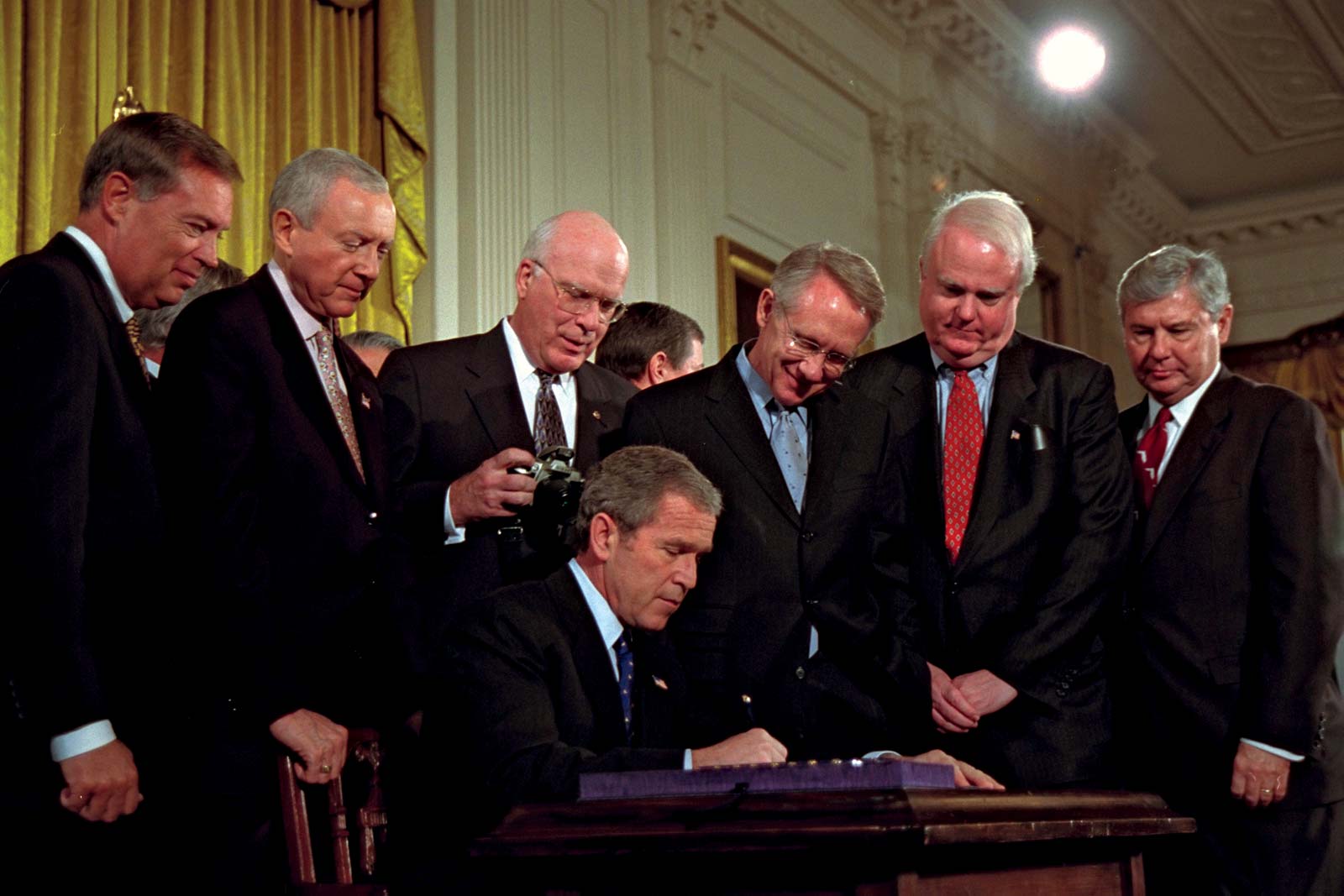
The NSA launched a massive campaign of warrantless surveillance. Foreign nationals deemed “unlawful enemy combatants” were detained indefinitely. State and local police forces became militarized to an historically unprecedented extent.
In 2012, the U.S. assassinated Anwar al-Awlaki. Two weeks later, his 16-year-old son was killed by a U.S. strike.
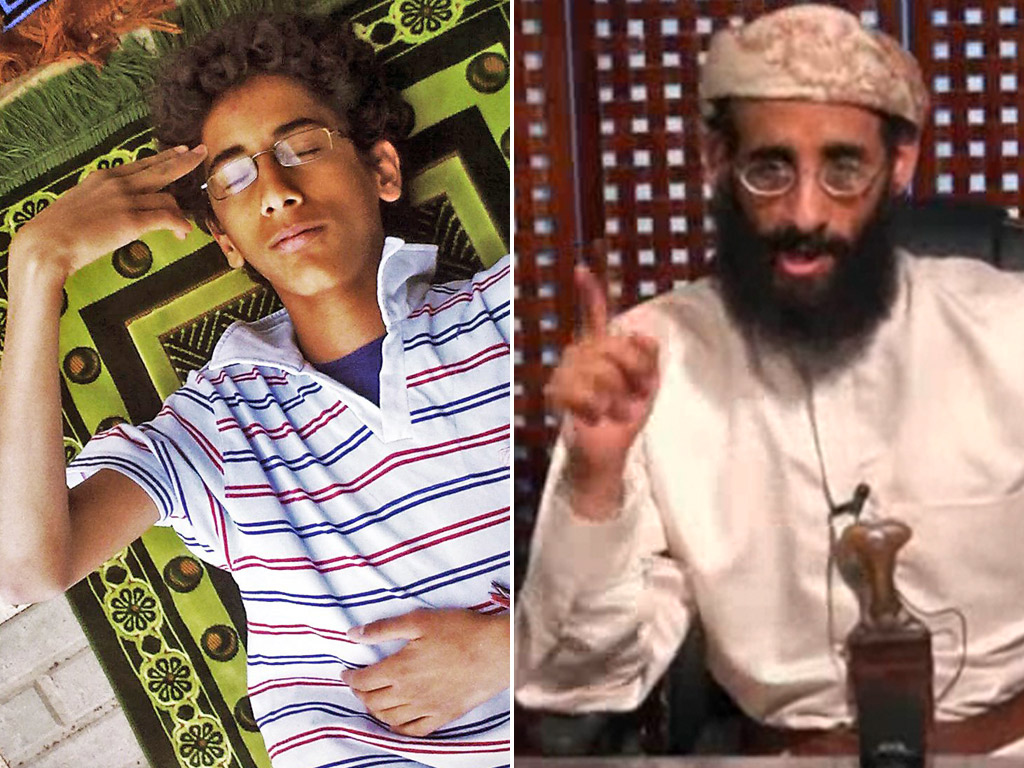

In 2017, al-Awlaki’s eight-year-old daughter was killed in a U.S. raid. All three were U.S. citizens.
The 2012 National Defense Authorization Act (NDAA) gave the government the power to detain American citizens indefinitely. In the wake of the controversial 2012 NDAA, Senator Rand Paul (R-KY) inquired as to whether “the President has the power to authorize lethal force, such as a drone strike, against a U.S. citizen on U.S. soil, and without trial.”
After responding by asserting that such has not happened and is not intended to happen, U.S. Attorney General Eric Holder added that a U.S. President could “authorize the military to use lethal force within the territory of the United States.”[3]
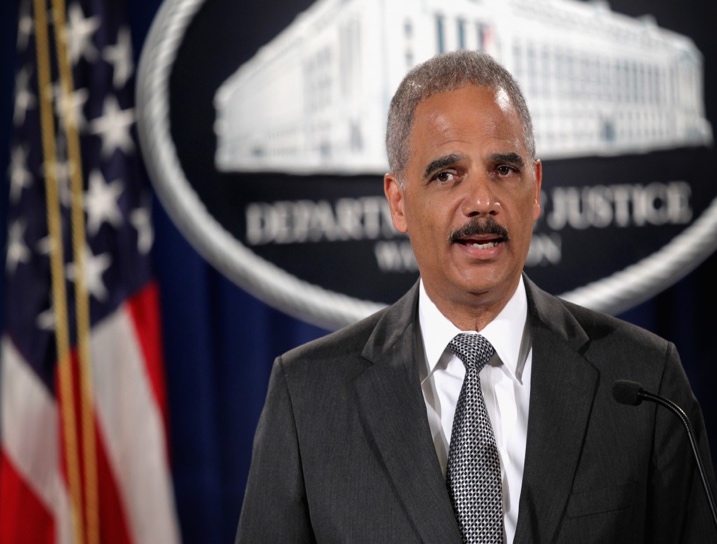
Eric Holder [Source: pbs.org] 
Senator Rand Paul [Source: wikipedia.org]
The 9/11 Wars
Outside of the U.S., the consequences of the 2001 terror attacks were even more dramatic.
Most notably, the U.S. launched the two “9/11 Wars.” The invasions and occupations of Afghanistan and Iraq have killed over a million people, displaced tens of millions, and cost trillions of dollars—all with no discernable improvement to U.S. national security.
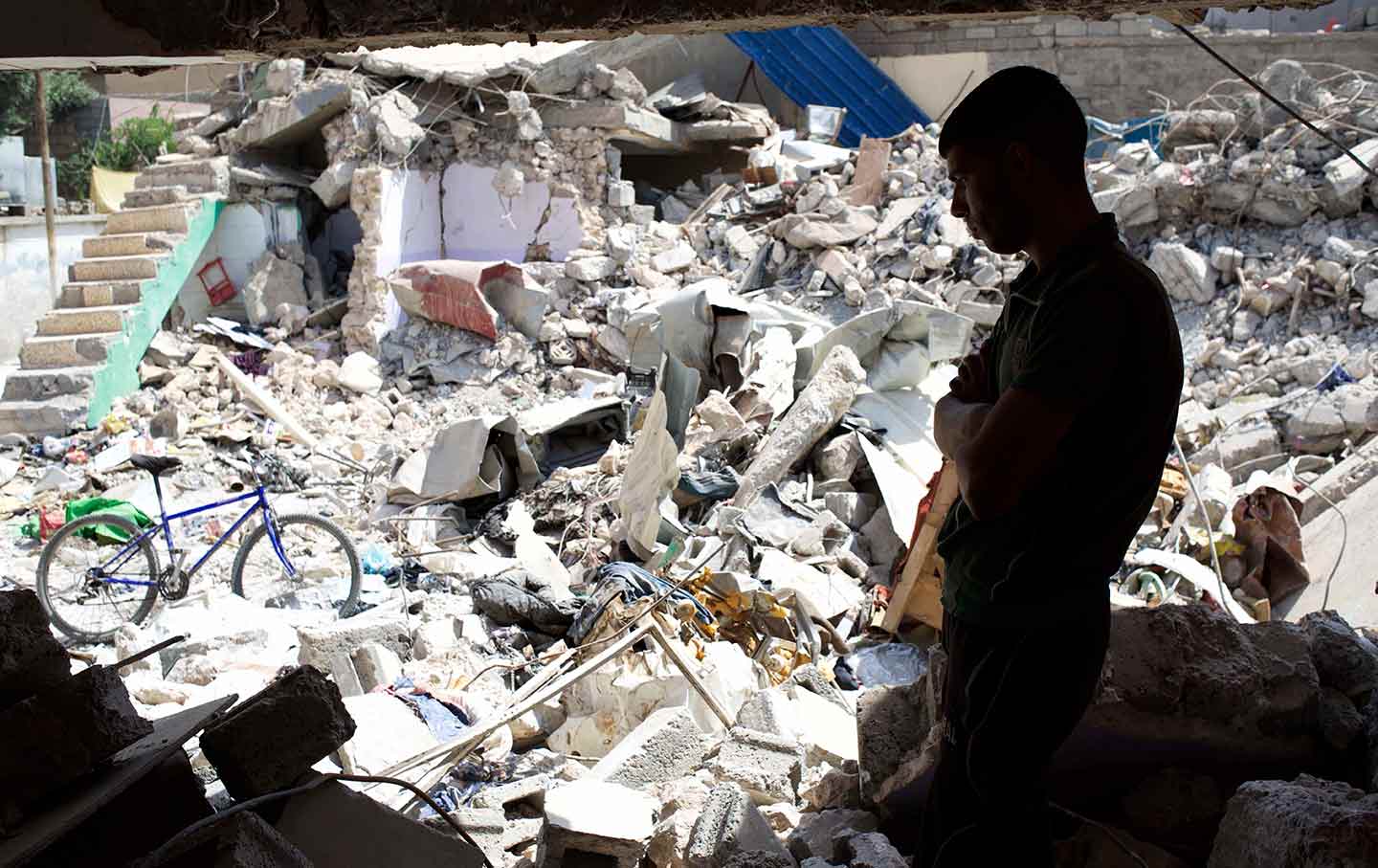
Furthermore, both wars were launched on very dubious grounds.
None of the 19 alleged 9/11 hijackers were Afghan nationals; most of them were from Saudi Arabia.
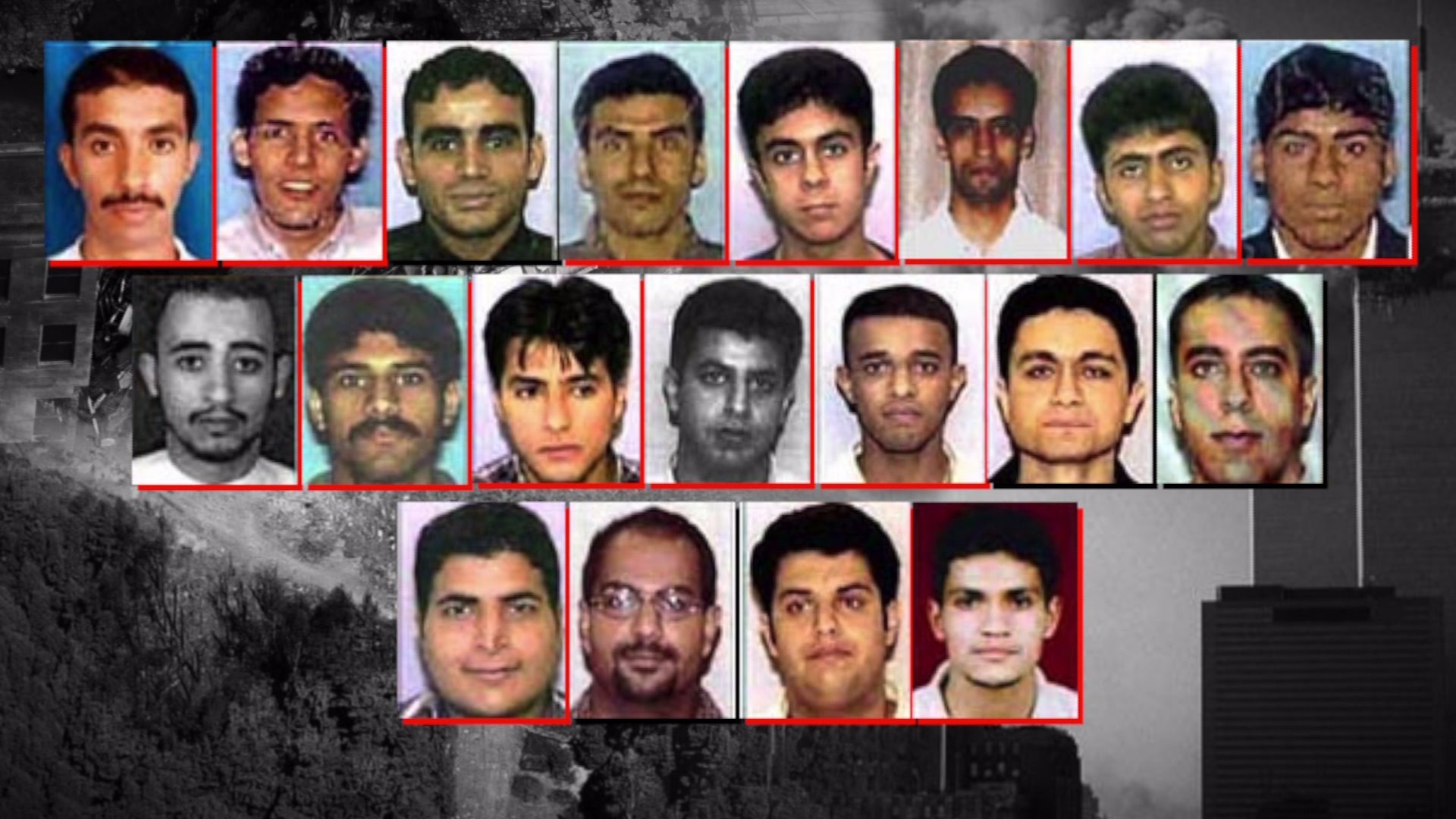
The invasion of Afghanistan was launched following the NATO invocation of Article 5 of the Washington Treaty, but eventually it emerged that the report presented to NATO by U.S. Ambassador Frank Taylor contained no actual forensic evidence to support the assertion that the terror attacks had been orchestrated in Afghanistan.[4]

In mid-October of 2001, President Bush refused a Taliban offer to turn Osama bin Laden over to the moderate, Saudi-based Organization of the Islamic Conference in order to stand trial for the attacks.[5]
The deceptions that led to the Iraq War are so infamous that they need not be restated here in any detail. The Bush administration relied on tendentious, erroneous, and even fabricated[6] intelligence to argue that the Iraqi government had weapons of mass destruction and links to al-Qaeda.
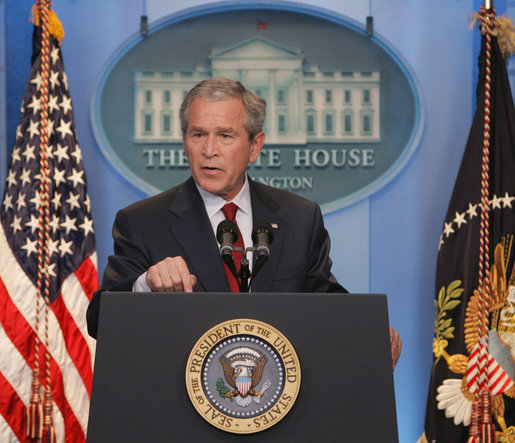
As mentioned at the outset, it has often been asserted that 9/11 “changed everything.” Over time, even mainstream commentators eventually had to acknowledge that the U.S. overreacted to the attacks in harmful ways.
In this context, it should be noted that both of the 9/11 Wars were long in planning within the deep state—or if one prefers, within the U.S. foreign policy establishment or foreign policy blob.
Beginning in 1997, the CIA and Pentagon were working with the Uzbek security services to prepare for operations against al-Qaeda in Afghanistan.[7] Getting closer to September 2001, that year had seen a series of negotiations between the Taliban and a U.S.-led coalition regarding the creation of a new unity government in Afghanistan.
According to attendee Niaz Naik, former Pakistani Minister for Foreign Affairs, “If the Taliban had accepted this coalition, they would have immediately received international economic aid … And the pipelines from Kazakhstan and Uzbekistan would have come.”
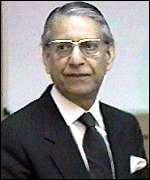
Naik also stated that Tom Simons, a U.S. representative at the talks, told them that “‘either the Taliban behave as they ought to, or Pakistan convinces them to do so, or we will use another option.’ The words Simons used were ‘a military operation.’”[8]
Such would apparently come to pass after the negotiations broke down. On September 4, 2001, the Bush cabinet authorized the drafting of a new National Security Presidential Directive (NSPD). This document, NSDP-9, called for a sizable covert action initiative which included U.S. ground troops and Northern Alliance forces in Afghanistan.
Ahmed Shah Massoud, the leader of the Northern Alliance, was dead set against U.S. ground troops in Afghanistan but, on September 9, 2001, he was conveniently assassinated, likely with U.S. complicity on some level.[9]

The next day, on September 10, a second NSDP-9 related meeting was held, focusing on various details of the U.S. military and political plans for Afghanistan.[10]
The long-running campaign for regime change in Iraq was even more visible. In 1998, President Bill Clinton signed the Iraq Liberation Act, asserting that “It should be the policy of the United States to support efforts to remove the regime headed by Saddam Hussein from power in Iraq.”[11]
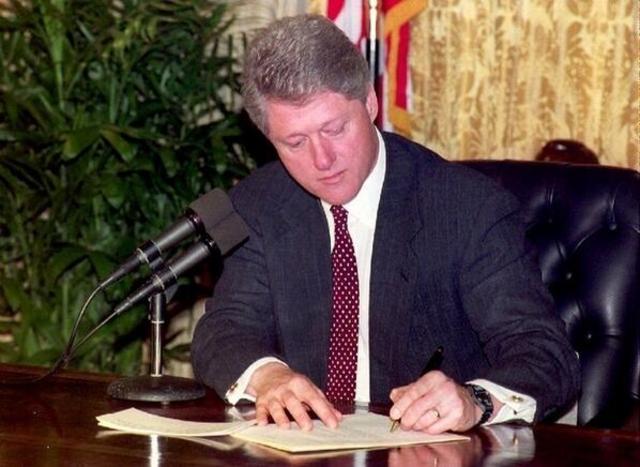
While Clinton apparently bowed to neoconservative pressure in signing the Iraq Liberation Act, those forces were in the driver’s seat of the incoming George W. Bush administration. According to Bush’s Treasury Secretary, Paul O’Neill, Bush was set on invading Iraq from the earliest days of his presidency. Said O’Neill, “It was all about finding a way to do it. That was the tone of it. The president saying, ‘Go find me a way to do this.’”[12]
Afghanistan, Iraq, and the U.S. Grand Strategy
In truth, the 9/11 Wars were both prescribed by the U.S. hegemonic grand strategy consensus that was emerging throughout the 1990s. The energy heartlands of Western and Central Asia were very much on the minds of key figures ranging from Establishment realists like Zbigniew Brzezinski to the neoconservative imperialists most famously represented by the notorious Project for a New American Century (PNAC).
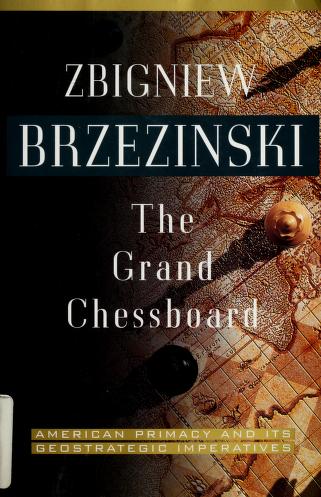
In 1997, Brzezinski wrote The Grand Chessboard in which he stated that for the U.S., “the chief geopolitical prize is Eurasia.” Since the non-Eurasian U.S. was preeminent in the region, he argued that “[American] global primacy is directly dependent on how long and how effectively its preponderance on the Eurasian continent is sustained.”[13] His book even included a helpful map of the proposed Unocal pipeline through Afghanistan.[14]
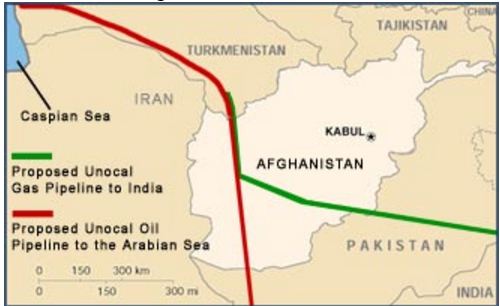
Meanwhile, Iraq is mentioned 25 times in Rebuilding America’s Defenses, the imperial manifesto published by the neoconservative Project for a New American Century.[15]
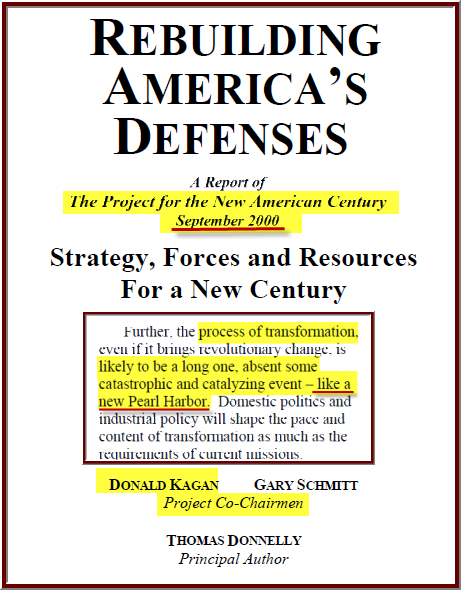
It is also worth noting that in years prior to 9/11, these Establishment realists and the neoconservatives were bemoaning the fact that it would be difficult to mobilize public opinion for the militarism that would be needed to maintain American primacy well into the 21st century.
Brzezinski wrote that the U.S. was likely to “find it more difficult to fashion a consensus on foreign policy issues, except in the circumstances of a truly massive and widely perceived direct external threat.”[16] He also wrote that “The public supported America’s engagement in World War II largely because of the shock effect of the Japanese attack on Pearl Harbor.”[17]
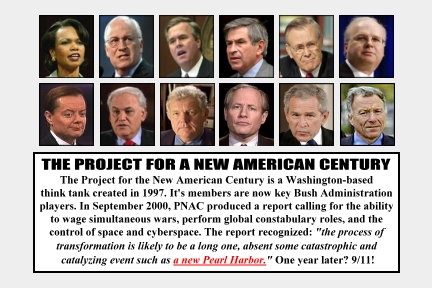
This is congruous with the infamous and oft-cited passage in PNAC’s Rebuilding America’s Defenses which stated, “[T]he process of transformation, even if it brings revolutionary change, is likely to be a long one, absent some catastrophic and catalyzing event—like a new Pearl Harbor.”[18]
Islamist Terror and Anglo-U.S. Geopolitics
The modern phenomenon of Islamist terror derives in large part from Western imperialism—most significantly, British and American interventions. For example, Britain supported the reactionary Wahhabist Saudi monarchy and, in 1928, essentially created the Muslim Brotherhood (via the British Suez Canal Company) for the express purpose of countering Egyptian nationalists and leftists.[19]
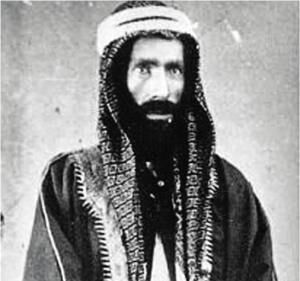
In the 1930s, Muslim Brotherhood founder Hassan al-Banna created the organization’s “Secret Apparatus,” described by Robert Dreyfuss as “an underground intelligence and paramilitary arm with a terrorist wing.” The Muslim Brotherhood worked against the political enemies of Egypt’s (British puppet) King Farouk and was even a major presence at the King’s 1937 coronation where its members provided “order and security.”[20]
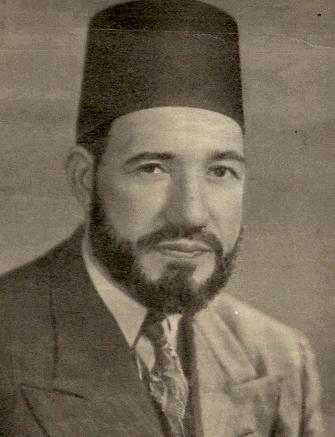
After World War II, the most prominent Middle Eastern statesmen were nationalists of a secular bent—Nasser and Mossadegh. Thus, it was no coincidence that Egypt and Iran experienced paramilitary violence from Islamist terror groups backed by the West.
In Egypt, the Muslim Brotherhood tried at least twice to assassinate Nasser. The main international leader of the Brotherhood in the 1950s was Said Ramadan, a man who visited Eisenhower in the White House.
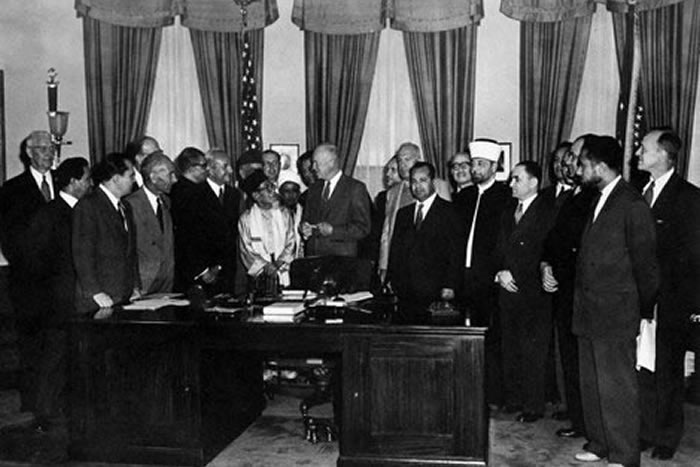
Ramadan was likely recruited by the CIA prior to—or shortly after—that visit.[21] A writer in the New York Review of Books flatly stated, “By the end of the decade, the CIA was overtly backing Ramadan.”[22]
In Iran, the CIA bankrolled the militant Warriors of Islam, an outfit described as a “terrorist gang” in an official CIA history. In 1953, various street thugs organized by the CIA created chaos in Tehran, even pretending to be communists whilst attacking mullahs and blowing up a mosque.[23]
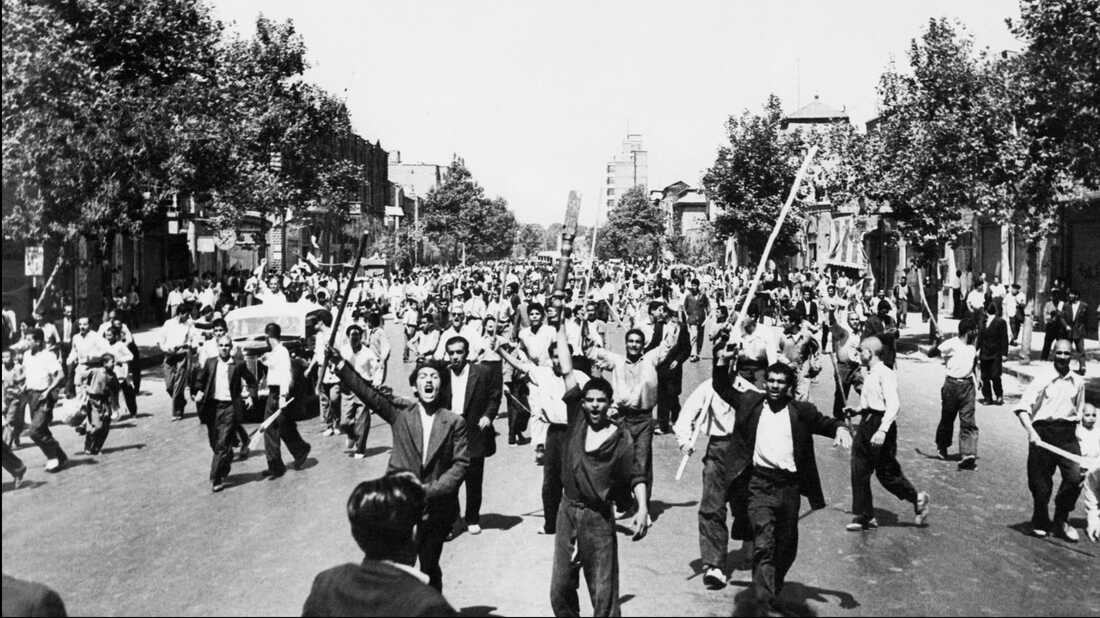
Led by the U.S. and aided by various Islamists in the decades after World War II, the West largely succeeded in undermining nationalist governments in the Middle East—Iran and Egypt most notably.
Fundamentalist Islam, Petrodollars, and the Evolution of the Deep State
Throughout the 1970s, the U.S. deepened its relationship with fundamentalist Islam. In 1972, the CIA-founded Asia Foundation began to fund Afghan Islamists at Kabul University, including a young Gulbuddin Hekmatyar. [24]
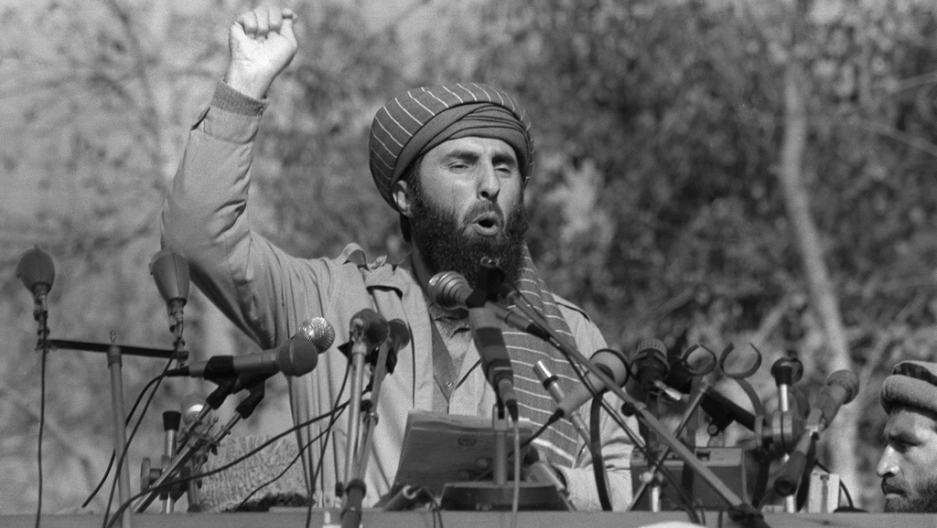
Interestingly, 1972 was also the year that the Center for Afghanistan Studies was founded at the University of Nebraska Omaha (UNO). Its website boasts that the Center’s “initial partnership with Kabul University would give UNO the experience necessary to establish many other collaborations around the world. At the time [of its founding], Afghanistan was a peaceful country. . . . [T]here was no war and the future looked bright. No one could foresee the history-making events that Afghans and Nebraskans would share.“[25]
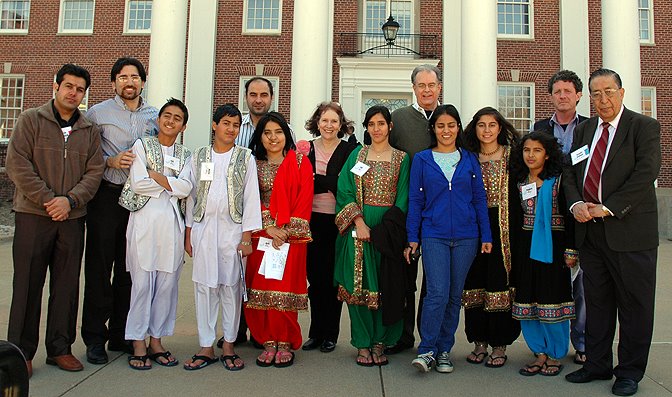
The Center helped shape that future, in part by creating textbooks for Afghan children. Beginning in the mid-1980s, the CIA cut-out USAID paid the Center $51 million to produce the books in Afghan languages. As described by historian Peter Kuznick,
Page after page was filled with militant Islamic teaching and violent images. Children learned to count using pictures of missiles, tanks, land mines, Kalashnikovs, and dead Soviet soldiers. [One passage] shows a soldier adorned with a bandolier and a Kalashnikov. Above him is a verse from the Koran. Below is a statement about the mujahideen, who, in obedience to Allah, willingly sacrifice their lives and fortunes to impose Sharia law on the government. Students learned to read by studying stories about jihad. When the Taliban seized Kabul in 1996, they continued using the same violent jihadist texts, simply removing the human images, which they considered blasphemous.[26]
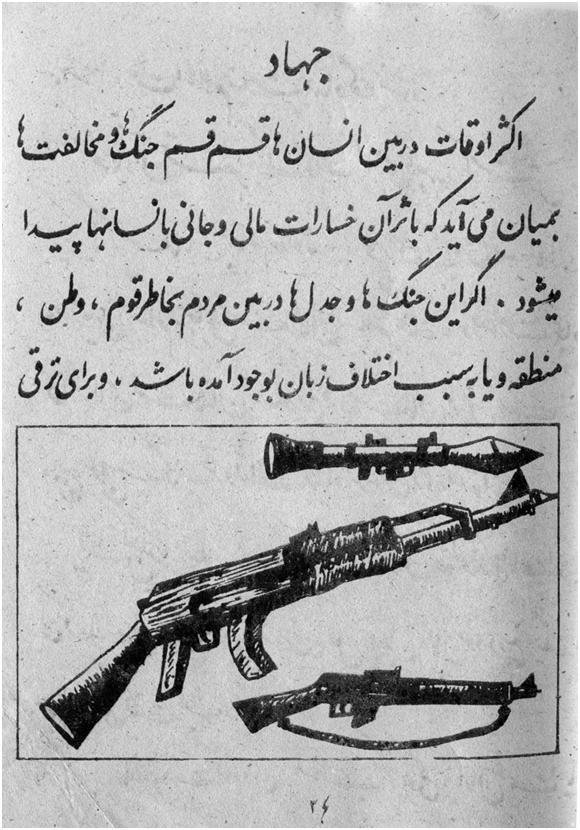
But let us return to the obscure early 1970’s. In 1973, Sardar Daoud overthrew the Afghan monarchy. Soon after, the U.S. began funding opposition figures in the country, including the radical Islamic Party. Beginning in September, the CIA, regional allies (Iran and Pakistan), and Islamist Afghan groups staged a series of raids and failed coups against Daoud. Subsequently, the U.S. State Department identified Muslim Brotherhood members as leaders of a failed rebellion in Afghanistan against Daoud. Gulbuddin Hekmatyar, one of the Brotherhood members, fled to Pakistan where he was received by the ISI (Pakistani intelligence). In 1978 and 1979, U.S. state department memos acknowledged that the Muslim Brotherhood were beneficiaries of U.S. anti-communist ventures in Afghanistan.[27]
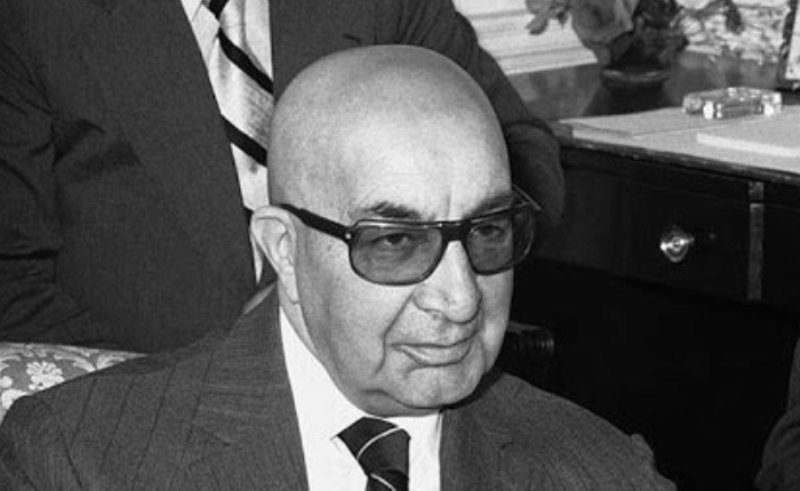
Around this time, Zbigniew Brzezinski began pressing his “arc of crisis” strategy, asserting that the U.S. could dominate the Middle East by using political Islamism against leftist and nationalist movements.[28]
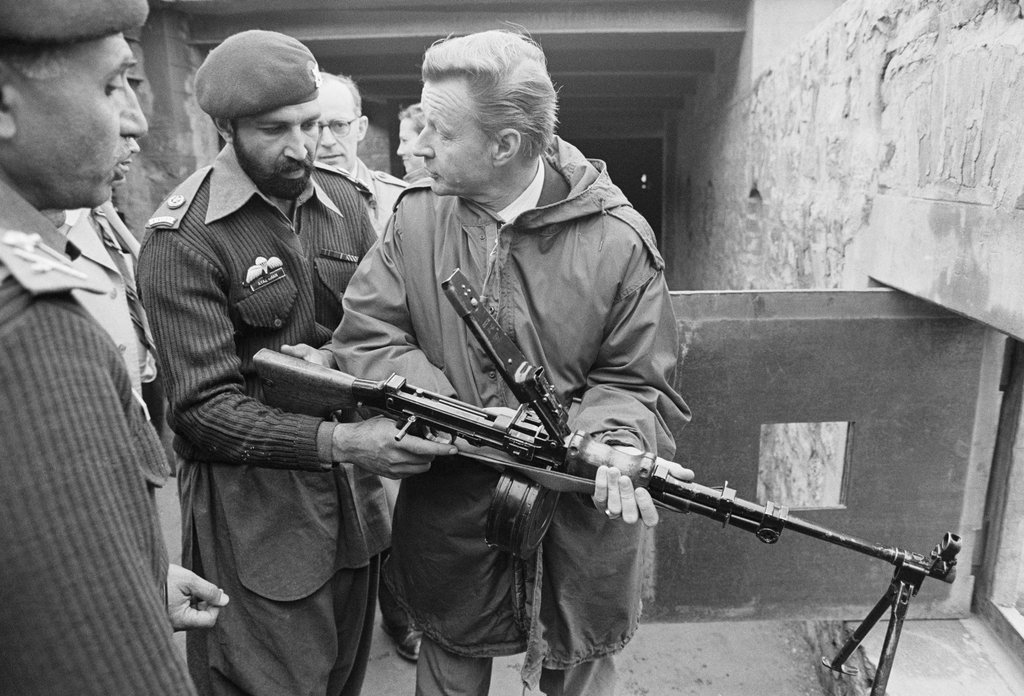
This led to President Carter’s fateful July 3, 1979, decision to authorize direct CIA funding of the Afghan mujahideen. As a result, the Soviets invaded Afghanistan in December.[29]
Meanwhile, economic and political events were bringing about major changes to the international monetary system and the American deep state.
When Vietnam War spending led to the end of the Bretton Woods gold-backed dollar, the U.S. was rescued from a difficult financial situation in large part by the “oil shocks”—unprecedented skyrocketing oil prices. The oil shocks were in all likelihood orchestrated by the U.S.
As Yanis Varoufakis summarizes:
[The notion] that the OPEC countries pushed the dollar price of oil sky high against the will of the United States … runs counter to logic and evidence. [How else to explain that America’s] closest allies, the Shah of Iran, President Suharto of Indonesia and the Venezuelan government, not only backed the increases but led the campaign to bring them about? [How do we explain the U.S.] scuttling of the Tehran negotiations between the oil companies and OPEC just before an agreement was reached that would have depressed prices? … Indeed, the Saudis have consistently claimed that Henry Kissinger, keener to manage the flow of petrodollars to America than to prevent the rise of energy prices, was encouraging them all the way to push the price of oil up by a factor of between two and four. So long as oil sales were denominated in dollars, the U.S. administration had no quarrel with the oil price increases.[30]
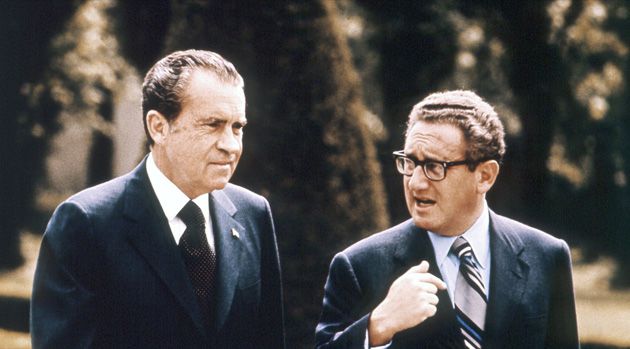
With the resulting massive accumulation of petrodollars by Saudi Arabia and Iran, the Middle East became an even more essential pillar of U.S. hegemony. Major oil producers like the Saudis and Iran used these dollars to buy U.S. Treasuries, invest in Western (especially U.S.) banks, and purchase arms from U.S. and British companies.
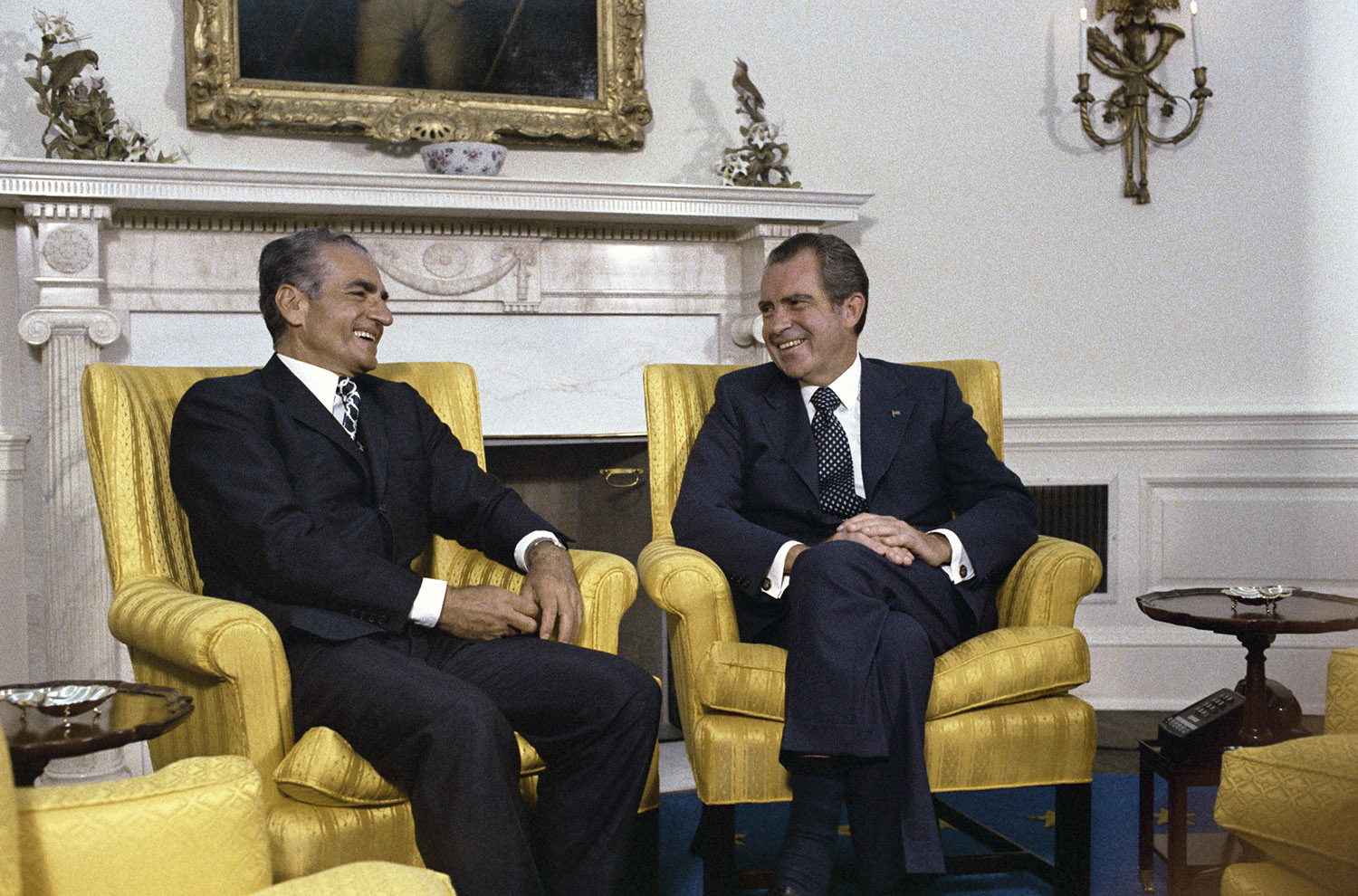
Beyond shoring up the dollar-dominated post-Bretton Woods monetary system, the wealth of these countries—along with their ties to U.S. economic elites and to the U.S. national security state—allowed them to play important roles in the evolution of a supranational American deep state. Powerful actors associated with the CIA needed to ensure that the post-Watergate intelligence investigations in Congress could not derail U.S. covert-operation capabilities.
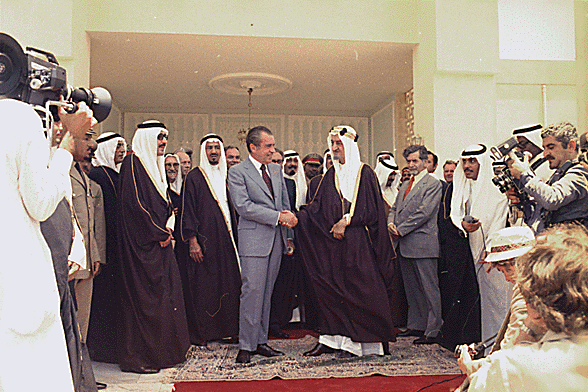
To this end, the CIA-connected Saudi arms tycoon Adnan Khashoggi—along with intelligence officials from France, Saudi Arabia, Iran, Egypt, Israel, and Morocco—established the Safari Club. Prince Turki Al Faisal, the former head of Saudi intelligence, explained it thusly:
In 1976, after the Watergate matters took place here, your intelligence community was literally tied up by Congress. It could not do anything. It could not send spies, it could not write reports, and it could not pay money. In order to compensate for that, a group of countries got together in the hope of fighting communism and established what was called the Safari Club. The Safari Club included France, Egypt, Saudi Arabia, Morocco, and Iran … so, the Kingdom, with these countries, helped in some way, I believe, to keep the world safe when the United States was not able to do that. That, I think, is a secret that many of you don’t know.[31]
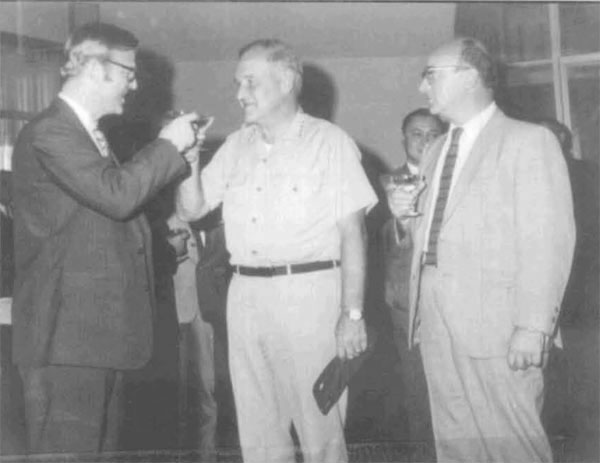
Another former head of Saudi intelligence, Kamal Adham, was an early insider with the Bank of Credit and Commerce International (BCCI), a bank that came to play an important role in the financial side of the U.S.-dominated covert netherworld.
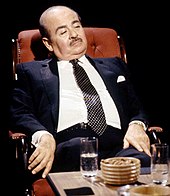
Adnan Khashoggi [Source: wikipedia.org] 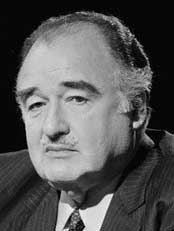
Kamal Adham [Source: alchetron.com]
This milieu—which included the Safari Club, BCCI, and Adnan Khashoggi’s enterprises—was described by our co-author Peter Dale Scott as being
part of a supranational deep state, whose organic links to the CIA may have helped consolidate it. It is clear however that decisions taken at this level by the Safari Club and BCCI were in no way guided by the political determinations of those elected to power in Washington [and were instead] expressly created to overcome restraints established by political decisions in Washington.[32]
In the latter half of the 1970s and in the 1980s, BCCI would play a key role in facilitating the financing of various covert operations and illicit enterprises. This institutional evolution represented by BCCI and the Safari Club should be placed in the context of key U.S. intelligence creations.

In his dissertation, Aaron Good wrote,
The embryonic [i.e., early-Cold War] deep state had seminal parapolitical institutions including banks (e.g., Castle Bank and Nugan Hand) or privatized paramilitary / intelligence outfits like the World Commerce Corporation and the various Anti-Communist Leagues. The late 1970s saw more powerful iterations, most notably the BCCI-Safari Club milieu which brought together right-wing Republicans, Saudi Arabia, Israel, and networks of wayward and disaffected spooks. With Reagan’s victory, many of these players were brought in from the cold.[33]
This is all to say that while Vietnam, Watergate, and the post-Watergate intelligence revelations all may have appeared as setbacks for U.S. imperialism and its covert apparatus, the outcome was quite opposite. The U.S. became even more dominant with the emergence of the post-Bretton Woods dollar and oil-dominated system. The clandestine realm, dominated by the U.S., became even more powerful and less accountable.
“Reaganism” and Beyond: America’s Deniable Islamist Proxies
With the right-wing Ronald Reagan in the White House, those scattered deep state elements were brought back into the fold. To employ a hyperbolic metaphor: It was as if Sauron and the One Ring had finally been reunited.
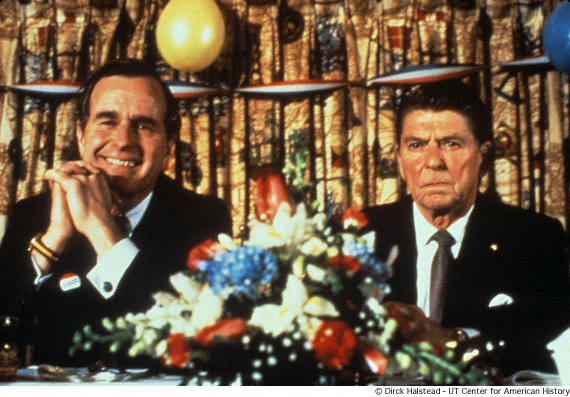
In 1981, after twisting some arms in the Senate, President Reagan secured the $8.5 billion sale of Boeing AWACS to Saudi Arabia. A number of sources reported that the deal included a promise from the Saudis to fund Reagan’s covert operations in such a way as to avoid congressional oversight.[34]

The Saudis would go on to play key roles in the creation and funding of the mujahideen in Afghanistan and in the Iran-Contra scandal. To summarize: In the wake of Watergate and the intelligence scandals of the 1970s, the end result was essentially an evolved deep-state system that was even more opaque and less accountable to any lawful public authority.
As referenced above, the Saudis would play a key role in the CIA’s Operation Cyclone, the funding of Islamist militants in Afghanistan to inflict a costly blow against the Soviet Union. Repeating a pattern from the war in Southeast Asia, the U.S. allies in this conflict became the world’s top heroin traffickers—Gulbuddin Hekmatyar first and foremost among them. Sometimes called the “Arab Afghans,” the fighters and their Saudi-led logistical support networks would evolve into al-Qaeda in the 1990s.

It was in this post-Cold War era that the U.S. began to use Arab Afghan / mujahideen assets in a number of conflicts in regions that had previously been under Soviet influence. An example was an early 1990s operation in Azerbaijan.

The murky Azerbaijan affair involved the U.S. oil majors, military / intelligence veterans like Richard Secord, and Islamist Arab Afghans—some of whom were recruited by Gulbuddin Hekmatyar. The dénouement was the installation of a regime in Baku that broke with Russia and brought in Western oil companies.[35]
Islamist militants were also used to advance U.S. aims in Bosnia. Some of these fighters were trained by an Egyptian, Ali Mohamed, from the JFK Special Warfare Center at Fort Bragg. The Egyptian terrorist leader Omar Abdel-Rahman (aka the “blind sheikh”) played a lead role from his headquarters in Brooklyn, with Saudi and U.S. assistance.[36]
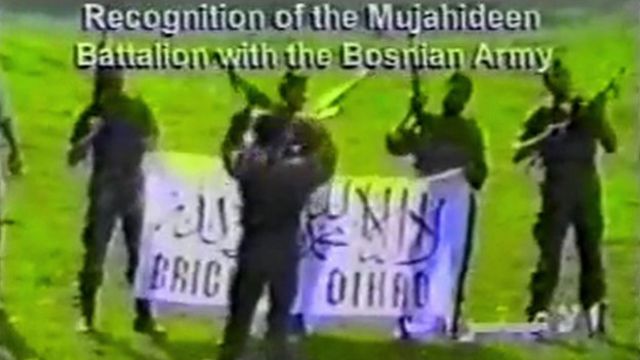

Ali Mohamed [Source: ctc.usma.edu] 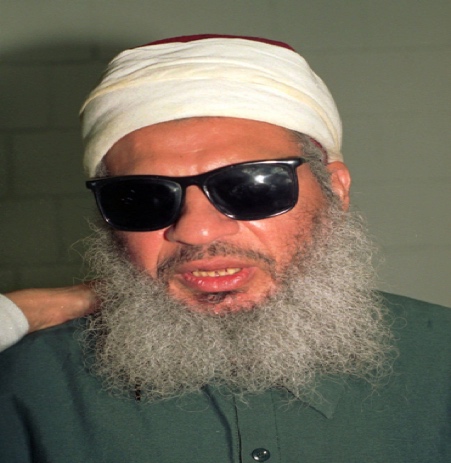
Omar Abdel-Rahman, the blind sheikh [Source: washingtonpost.com]
In North Africa, another notable U.S. adversary was a recurrent target of Islamist violence in the 1990s. Specifically, al-Qaeda assets were directed against Libya’s Muammar Qaddafi. A whistleblower from Britain’s MI5 revealed that, in 1996, MI6 officers attempted to use Islamist militants to assassinate the Libyan head of state. The operation failed, with Qaddafi unharmed and a number of militants killed in the process.[37]
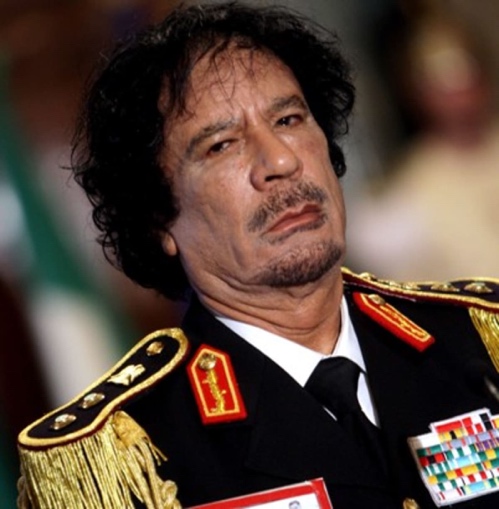
The Crucial Pre-9/11 Years
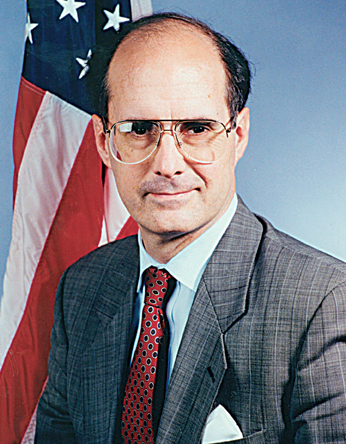
Within the U.S. foreign policy establishment, there was disagreement over Central Asia in the mid-to-late 1990s. A relatively dovish side was represented by Bill Clinton’s Deputy Secretary of State, Strobe Talbott. In a July 1997 speech, Talbott explicitly warned against any sort of Central Asian “Great Game,” proposing instead the promotion of mutually beneficial cooperative arrangements in the region.[38]
Also in that same year, Pentagon and CIA elements were using NATO to effect, contra-Talbott and the State Department, a “forward strategy” in Central Asia. Under the auspices of the NATO Partnership for Peace (PFP) Program, the U.S. military nurtured “the embryo of a NATO-led military force in the region” by launching a series of training exercises with Uzbek, Kazakh, and Kyrgyz military forces.[39]
As we wrote in December 2020,
These CENTRAZBAT exercises had in mind the possible future deployment of U.S. combat forces. A deputy assistant secretary of defense, Catherine Kelleher, cited “the presence of enormous energy resources” as a justification for American military involvement.[40] Uzbekistan, which Brzezinski in his 1997 book The Grand Chessboard singled out for its geopolitical importance,[41] became the linchpin of U.S. training exercises.[42]

While the energy angle is clearly discernible in these operations, counterterror was also a pretext for U.S. intelligence activities in the region. Building from the foundational 1997 arrangement, the CIA had been working with the U.S. military and Uzbek military/intelligence forces with the ostensible aim of apprehending Osama bin Laden in neighboring Afghanistan.[43]

In hindsight, 1998 was the year when matters became even stranger. To put a finer point on the energy angle: Halliburton CEO Dick Cheney that year declared that he “[could] not think of a time when we’ve had a region emerge as suddenly to become as strategically significant as the Caspian.”[44]
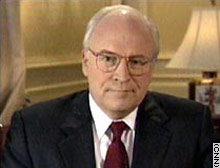
The U.S. fixation on Central Asia transcended partisanship. As Secretary of State Madeleine Albright stated before an audience in Tashkent, “While you are geographically distant from the United States, you are very closely connected to our most vital national interests.” Presumably, Albright was obliquely referring to the $8 billion that U.S. oil majors had invested in Central Asian oil and gas.[45]
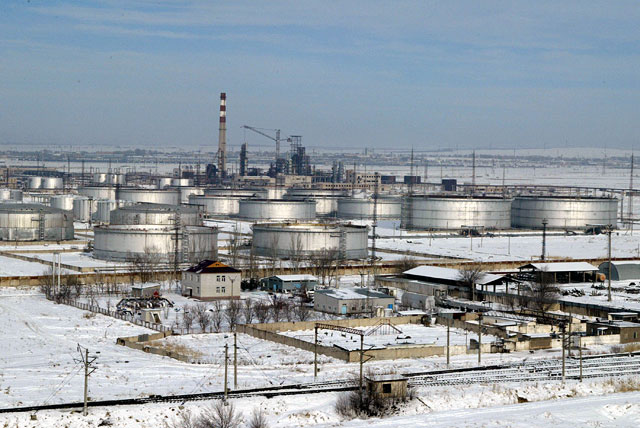
However, the U.S. military and intelligence presence in the region increasingly came to be overtly predicated on counterterror operations. Yet, at the same time—similar to the U.S. operations in Bosnia a few years earlier—the ostensible Arab Afghan/al-Qaeda arch-enemies of the U.S. were in the Balkans acting in ways that furthered U.S. geopolitical goals.

Specifically, al-Qaeda forces were working in concert with the U.S.-backed terrorist/mafia organization known as the Kosovo Liberation Army (KLA). U.S. military intervention in Kosovo took place through most of 1998 and the first half of 1999. Interpol in 1999 reported that an elite KLA unit in Kosovo was being led by Muhammad al-Zawahiri—a top al Qaeda lieutenant and the brother of current al-Qaeda chief Ayman al-Zawahiri.[46]
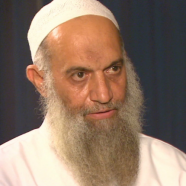
The Zawahiri-KLA issue is something that the 9/11 Commission should have investigated and explained. Besides the Kosovo-al-Qaeda angle, an honest investigation would have looked into the U.S.-Azeri-al-Qaeda connections. The links represent important historical background, given that Baku, Azerbaijan, was one of the main hubs for al-Qaeda around the time of the August 1998 attacks on U.S. embassies in Kenya and Tanzania.[47]

While all of this was taking place in the years preceding 9/11, the U.S. and its oil majors were trying to strike a deal for a pipeline through Afghanistan. Notably—and as we detailed in our previous article—the Taliban failure to arrive at a workable pipeline deal acceptable to the U.S. coincided with further U.S. military and intelligence operations geared toward Afghanistan.
In 1999, two CIA counterterrorism officials—Cofer Black and Richard Blee—negotiated a deal with Uzbekistan.[48] This new liaison agreement apparently expanded upon the 1997 arrangement and expanded the targets to include not just bin Laden, but the Taliban government as well.[49]

Cofer Black [Source: kyivpost.com] 
[Source: historycommons.org]
Also, in 1999, CIA’s Richard Blee met with the anti-Taliban Northern Alliance leader in Afghanistan, Ahmad Shah Massoud, and agreed to lobby Washington for increased support for Massoud. Massoud’s remote mountain redoubt of Panjshir was vital to American planning, because by this time it was the only major area not yet dominated by the Taliban. But Massoud himself presented problems to many in Washington.

According to journalist Ahmed Rashid, Massoud was “intensely disliked by the State Department for his … closeness to Iran.”[50] Most significantly, Massoud was dead set against U.S. troops on the ground in Afghanistan.[51] Yet in 2000, the preparations against Afghanistan rolled on, ramping up as U.S. Joint Special Operations Command (JSOC) began working directly with the military of Uzbekistan.[52]
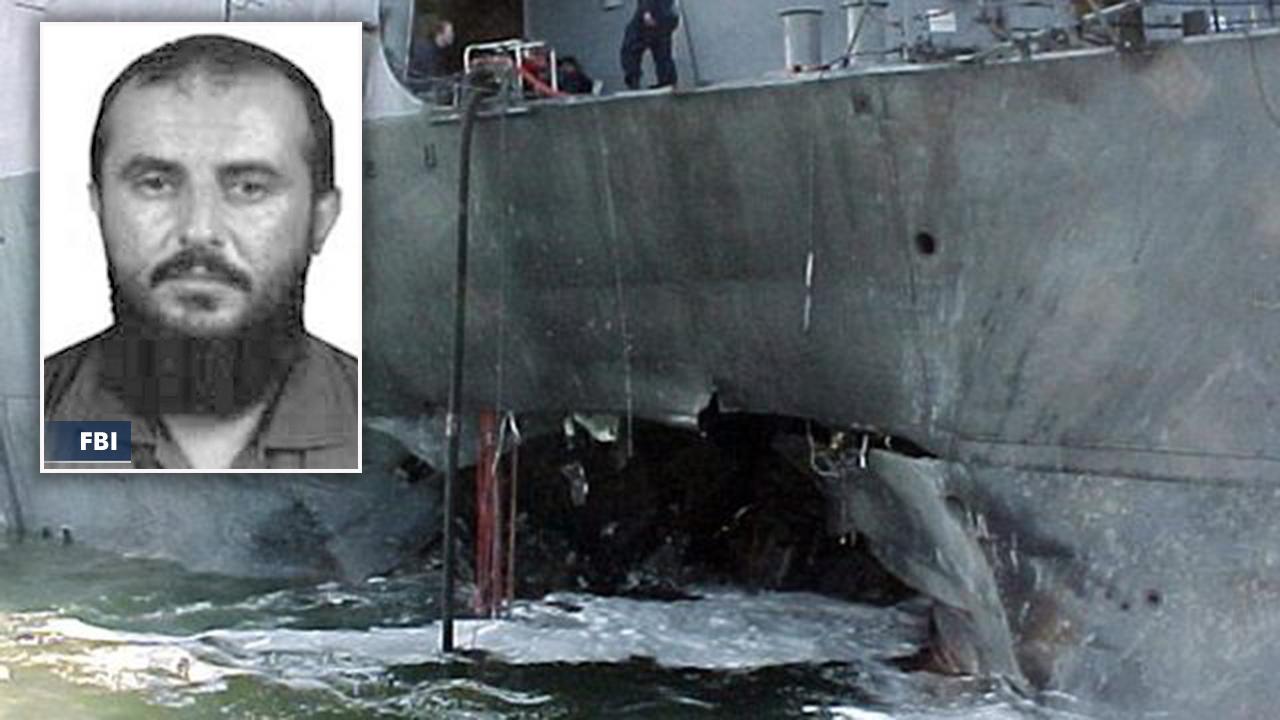
October of 2000 saw the bombing of the USS Cole by al-Qaeda forces off the coast of Yemen. In response, Richard Blee pressed the lame duck President Clinton to authorize expanding the Uzbek venture into a joint attack force that would include the Northern Alliance. Clinton refused. Under the new Bush administration, U.S.-led talks with the Taliban resumed. Despite open threats to the Taliban made by U.S. representatives at the talks, no political and/or pipeline deal was struck.
On September 4, 2001, the Bush cabinet held a meeting on NSPD-9, a plan for military action against Afghanistan. On September 9th, the main obstacle for any U.S. invasion of Afghanistan was removed when Northern Alliance chief Ahmed Massoud was assassinated by al-Qaeda suicide bombers.
The murder was ordered by the “blind sheik” Abdel-Rahman, a prisoner in U.S. custody. Abdel-Rahman was under close U.S. surveillance; so was his contact with Muslim radicals abroad, a New York postal worker named Ahmed Abdel-Sattar. Thus, the U.S. government almost certainly knew about the order and apparently allowed the assassination to happen.[53]
The next day, September 10th, Bush officials held another meeting to discuss the NSPD-9 plans for military action against Afghanistan. On the following day, the world witnessed the terror spectacle of September 11, 2001.

-
Aaron Good, “American Exception: Hegemony and the Dissimulation of the State,” Administration and Society 50, no. 1 (2018): 4–29, https://doi.org/10.1177/0095399715581042. ↑
-
In the wake of 9/11, many letters containing weaponized anthrax were mailed to a number of Americans, including media figures and elected officials. Several people were killed and many more were injured. The attacks were erroneously linked to Iraq and contributed to the campaign for the launching of the Iraq War. They also served to hasten the passage of the USA PATRIOT Act since two of the targets were U.S. senators who were holding up passage of the bill. Though the letters were deceptively drafted to look like they were drafted by Islamist terrorists, the source of the Anthrax was later determined to be the U.S. government. The U.S. attempted to pin the blame for the false flag anthrax letter attacks on a “lone nut” U.S. scientist named Steven Hatfill. When he succeeded in proving his innocence, another “lone nut” U.S. scientist, Bruce Ivins, was identified as the culprit. The case was brought to an end when Ivins died as the result of an apparent suicide, but many observers do not believe that Ivins could have done what the government was accusing him of. See Graeme MacQueen, The 2001 Anthrax Deception: The Case for a Domestic Conspiracy (Atlanta: Clarity Press Inc., 2014). ↑
-
Eric Holder, “Response to Senator Rand Paul” (Washington, D.C.: Office of the Attorney General, March 4, 2013), https://big.assets.huffingtonpost.com/BrennanHolderResponse.pdf. ↑
-
Niels Harrit, “The Mysterious Frank Taylor Report: The 9/11 Document That Launched US-NATO’s ‘War on Terrorism’ in the Middle East,” Global Research, March 21, 2018, https://www.globalresearch.ca/the-mysterious-frank-taylor-report-the-911-document-that-launched-us-natos-war-on-terrorism-in-the-middle-east/5632874. ↑
-
Gareth Porter, “U.S. Refusal of 2001 Taliban Offer Gave Bin Laden a Free Pass,” Inter Press Service (Washington, D.C., May 3, 2011), http://www.ipsnews.net/2011/05/us-refusal-of-2001-taliban-offer-gave-bin-laden-a-free-pass/. ↑
-
Most infamous was the use of a document about uranium from Niger that had already been deemed a forgery before being cited by the president in a speech during the run-up to the Iraq War. ↑
-
Nasser Saghafi-Ameri, “The Emerging NATO: Impact on Europe and Asia,” in Europe and Asia: Perspectives on the Emerging International Order, V.P. Malik and Erhard Crome, eds. (New Delhi: Lancer Publishers & Distributors, 2006), 153. ↑
-
Julio Godoy, “U.S. Policy towards Taliban Influenced by Oil – Authors,” Inter Press Service (Paris, November 15, 2001), http://www.ipsnews.net/2001/11/politics-us-policy-towards-taliban-influenced-by-oil-authors/. ↑
-
Peter Dale Scott and Aaron Good, “Was the Now-Forgotten Murder of One Man on September 9, 2001, a Crucial Pre-Condition for 9/11?” CovertAction Magazine, December 9, 2020, https://covertactionmagazine.com/2020/12/09/was-the-now-forgotten-murder-of-one-man-on-september-9-2001-a-crucial-pre-condition-for-9-11/. ↑
-
National Commission on Terrorist Attacks upon the United States, “The 9/11 Commission Report: Final Report of the National Commission on Terrorist Attacks upon the United States” (Washington D.C.: Government Printing Office, 2004), 214, https://govinfo.library.unt.edu/911/report/911Report_Ch5.htm. ↑
-
105th Congress, “Iraq Liberation Act of 1998” (1998), https://www.govinfo.gov/content/pkg/PLAW-105publ338/pdf/PLAW-105publ338.pdf. ↑
-
“O’Neill: Bush Planned Iraq Invasion before 9/11,” CNN, January 14, 2004, https://www.cnn.com/2004/ALLPOLITICS/01/10/oneill.bush/. ↑
-
Zbigniew Brzezinski, The Grand Chessboard: American Primacy and Its Geostrategic Imperatives (New York: Basic Books, 1997), 30. ↑
-
Brzezinski, The Grand Chessboard, 146. ↑
-
Thomas Donnelly, “Rebuilding America’s Defenses: Strategy, Forces and Resources for a New Century” (Washington D.C.: PNAC, 2000), https://archive.org/details/RebuildingAmericasDefenses/mode/2up. ↑
-
Brzezinski, The Grand Chessboard, 211. ↑
-
Brzezinski, The Grand Chessboard, 24-25. ↑
-
Donnelly, “Rebuilding America’s Defenses: Strategy, Forces and Resources for a New Century,” 51. ↑
-
Robert Dreyfuss, Devil’s Game: How the United States Helped Unleash Fundamentalist Islam (New York: Owl Books, 2005), 51. ↑
-
Robert Dreyfuss, “What Is the Muslim Brotherhood, and Will It Take Over Egypt?” Mother Jones, February 11, 2011, https://www.motherjones.com/politics/2011/02/what-is-the-muslim-brotherhood/. ↑
-
Dreyfuss, “What Is the Muslim Brotherhood, and Will It Take Over Egypt?” ↑
-
Ian Johnson, “Our Secret Connections with the Muslim Brotherhood,” The New York Review of Books, March 10, 2011, https://www.nybooks.com/articles/2011/03/10/our-secret-connections-muslim-brotherhood/?lp_txn_id=1265108. ↑
-
Oliver Stone and Peter Kuznick, The Untold History of the United States, 2nd ed. (New York: Gallery Books, 2019), 260. ↑
-
Melanie Colburn, “America’s Devil’s Game with Extremist Islam,” Mother Jones, 2006, https://www.motherjones.com/politics/2006/01/americas-devils-game-extremist-islam/. ↑
-
“Mission and History,” Center for Afghanistan Studies (Omaha, NE, n.d.), https://www.unomaha.edu/international-studies-and-programs/center-for-afghanistan-studies/about-us/mission-and-history.php. ↑
-
Stone and Kuznick, The Untold History of the United States, 486-487. ↑
-
Colburn, “America’s Devil’s Game with Extremist Islam.” ↑
-
Colburn, “America’s Devil’s Game with Extremist Islam”; Dreyfuss, Devil’s Game, 240-241. ↑
-
Dreyfuss, Devil’s Game, 264-266. ↑
-
Yanis Varoufakis, The Global Minotaur: America, Europe and the Future of the Global Economy, 2nd ed. (London: Zed Books, 2015), 97-98. ↑
-
Jon Schwarz, “A New Biography Traces the Pathology of Allen Dulles and His Appalling Cabal,” The Intercept, 2015, https://theintercept.com/2015/11/02/the-deepest-state-the-safari-club-allen-dulles-and-the-devils-chessboard/. ↑
-
Peter Dale Scott, American War Machine: Deep Politics, the CIA Global Drug Connection, and the Road to Afghanistan (New York: Rowman & Littlefield, 2010), 30. ↑
-
Aaron Good, “American Exception: Hegemony and the Tripartite State” (Philadelphia: Temple University Press, 2020), 165-166, https://doi.org/http://dx.doi.org/10.34944/dspace/521. ↑
-
Jonathan Marshall, “Saudi Arabia and the Reagan Doctrine,” Middle East Report, no. 155 (November 1988): 12–17, https://doi.org/10.2307/3012078. ↑
-
Peter Dale Scott, The Road to 9/11: Wealth, Empire, and the Future of America (Berkeley, CA: University of California Press, 2007), 163-165. ↑
-
Scott, The Road to 9/11, 149-150, 151-152. ↑
-
Martin Bright, “MI6 ‘Halted Bid to Arrest Bin Laden,’” The Guardian, November 9, 2002, https://www.theguardian.com/politics/2002/nov/10/uk.davidshayler. ↑
-
James MacDougall, “A New Stage in U.S.-Caspian Sea Basin Relations,” Central Asia 5, no. 11 (1997), https://www.ca-c.org/dataeng/st_04_dougall.shtml. ↑
-
Saghafi-Ameri, “The Emerging NATO: Impact on Europe and Asia,” 153. ↑
-
Michael Klare, Blood and Oil (New York: Metropolitan Books/Henry Holt, 2004), 135-36, citing R. Jeffrey Smith, “U.S. Leads Peacekeeping Drill in Kazakhstan,” The Washington Post, September 15, 1997. ↑
-
Brzezinski, The Grand Chessboard, 121. ↑
-
Scott and Good, “Was the Now-Forgotten Murder of One Man on September 9, 2001, a Crucial Pre-Condition for 9/11?” ↑
-
Ahmed Rashid, Descent into Chaos: The U.S. and the Disaster in Pakistan, Afghanistan, and Central Asia (New York: Penguin Books, 2009), 69. ↑
-
“The Great Gas Game,” The Christian Science Monitor, October 25, 2001, https://www.csmonitor.com/2001/1025/p8s1-comv.html. ↑
-
Ahmed Rashid, “Epicentre of Terror,” Far Eastern Economic Review 163, no. 19 (2000), 18. ↑
-
Scott, The Road to 9/11, 131. ↑
-
Phil Hirschkorn, “Trial Reveals a Conspiracy of Calls, But Only Tidbits about Bin Laden,” CNN, April 16, 2001, https://web.archive.org/web/20010808073944/http://www.cnn.com/LAW/trials.and.cases/case.files/0012/embassy.bombing/trial.report/trial.report.04.16/index.html. ↑
-
Steve Coll, Ghost Wars: The Secret History of the CIA, Afghanistan, and Bin Laden, from the Soviet Invasion to September 10, 2001 (New York: Penguin Books, 2004), 459. ↑
-
Thomas E. Ricks and Susan B. Glasser, “U.S. Operated Secret Alliance With Uzbekistan,” The Washington Post, October 14, 2001, https://web.archive.org/web/20080821044925/http://www.washingtonpost.com/ac2/wp-dyn/A55834-2001Oct13. ↑
-
Rashid, “Epicentre of Terror,” 17. Massoud also had strong supporters at State, notably former U.S. Ambassador to Kabul Peter Tomsen. The real split was over Pakistan, and over the pro-Pakistan CIA. Massoud was taking aid from India, while Pakistan was supporting the Taliban, partly to develop a strong Muslim radical presence against Karimov in Uzbekistan. When the DOD came in, this split was subordinated to the goal of bringing in U.S. troops. But what to do about Pakistan divided Washington then and still does. ↑
-
Peter Tomsen, The Wars of Afghanistan: Messianic Terrorism, Tribal Conflicts, and the Failure of Great Powers (New York: Public Affairs, 2013), 597-598, 796 n25. Journalist Pepe Escobar also confirmed this to our coauthor Aaron Good in personal correspondence. ↑
-
Ricks and Glasser, “U.S. Operated Secret Alliance With Uzbekistan.” ↑
-
Scott and Good, “Was the Now-Forgotten Murder of One Man on September 9, 2001, a Crucial Pre-Condition for 9/11?” ↑
CovertAction Magazine is made possible by subscriptions, orders and donations from readers like you.
Blow the Whistle on U.S. Imperialism
Click the whistle and donate
When you donate to CovertAction Magazine, you are supporting investigative journalism. Your contributions go directly to supporting the development, production, editing, and dissemination of the Magazine.
CovertAction Magazine does not receive corporate or government sponsorship. Yet, we hold a steadfast commitment to providing compensation for writers, editorial and technical support. Your support helps facilitate this compensation as well as increase the caliber of this work.
Please make a donation by clicking on the donate logo above and enter the amount and your credit or debit card information.
CovertAction Institute, Inc. (CAI) is a 501(c)(3) non-profit organization and your gift is tax-deductible for federal income purposes. CAI’s tax-exempt ID number is 87-2461683.
We sincerely thank you for your support.
Disclaimer: The contents of this article are the sole responsibility of the author(s). CovertAction Institute, Inc. (CAI), including its Board of Directors (BD), Editorial Board (EB), Advisory Board (AB), staff, volunteers and its projects (including CovertAction Magazine) are not responsible for any inaccurate or incorrect statement in this article. This article also does not necessarily represent the views the BD, the EB, the AB, staff, volunteers, or any members of its projects.
Differing viewpoints: CAM publishes articles with differing viewpoints in an effort to nurture vibrant debate and thoughtful critical analysis. Feel free to comment on the articles in the comment section and/or send your letters to the Editors, which we will publish in the Letters column.
Copyrighted Material: This web site may contain copyrighted material the use of which has not always been specifically authorized by the copyright owner. As a not-for-profit charitable organization incorporated in the State of New York, we are making such material available in an effort to advance the understanding of humanity’s problems and hopefully to help find solutions for those problems. We believe this constitutes a ‘fair use’ of any such copyrighted material as provided for in section 107 of the US Copyright Law. You can read more about ‘fair use’ and US Copyright Law at the Legal Information Institute of Cornell Law School.
Republishing: CovertAction Magazine (CAM) grants permission to cross-post CAM articles on not-for-profit community internet sites as long as the source is acknowledged together with a hyperlink to the original CovertAction Magazine article. Also, kindly let us know at info@CovertActionMagazine.com. For publication of CAM articles in print or other forms including commercial internet sites, contact: info@CovertActionMagazine.com.
By using this site, you agree to these terms above.
About the Author

Aaron Good is Editor at Large for CovertAction Magazine.
His revised doctoral dissertation, American Exception: Empire and the Deep State, is to be published by Skyhorse in the spring of 2022.
You can follow Aaron on Twitter: @Aaron_Good_

Ben Howard is an independent researcher.
He lives in Massachusetts with his wife and daughter.
You can follow Ben on Twitter: @housetrotter.
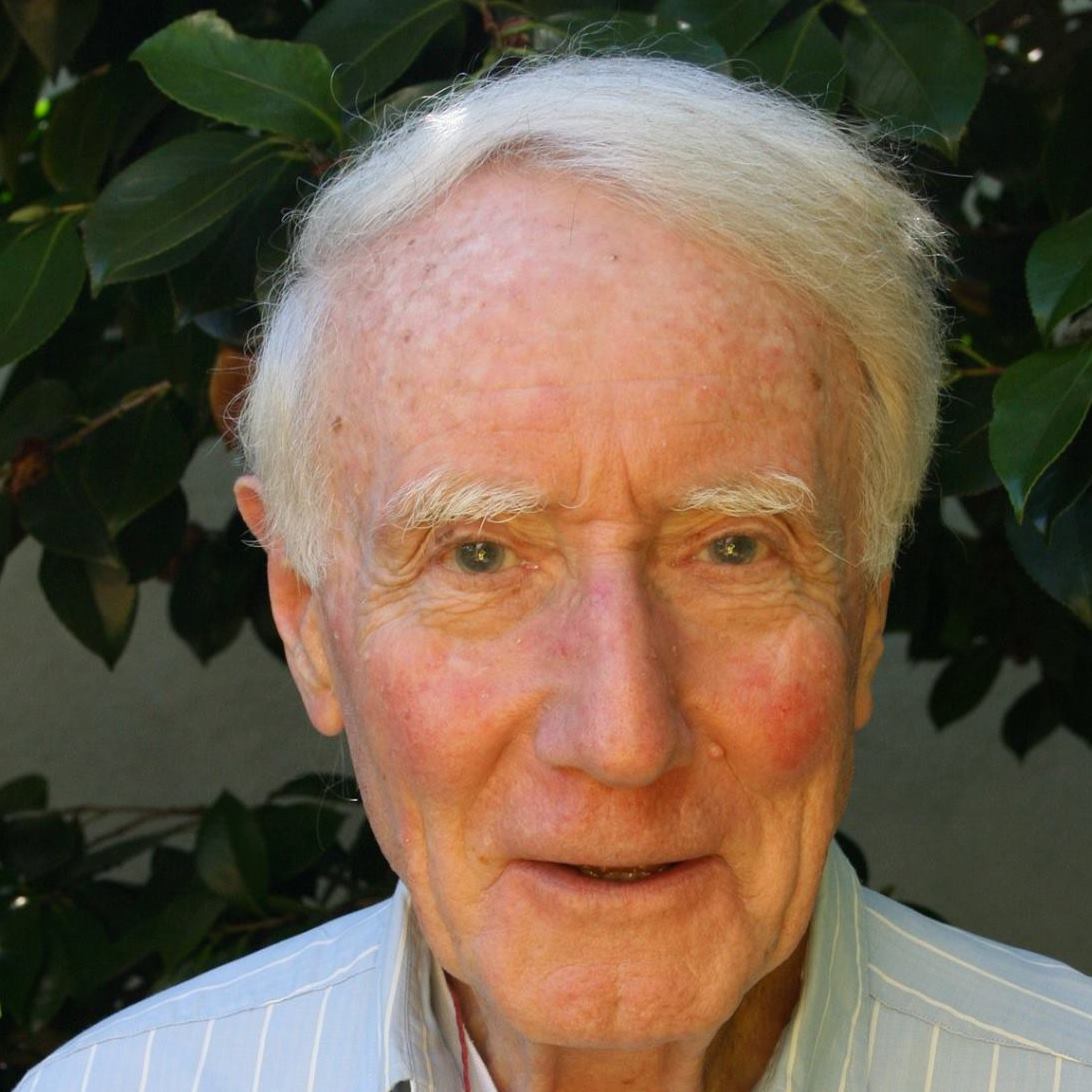
Peter Dale Scott is a former Canadian diplomat and poet.
Peter has written many important books on the CIA and the so-called “deep state,” including Deep Politics and the Death of JFK (University of California, 1993); The War Conspiracy, rev ed. (Skyhorse, 2008); The Road to 9/11 (University of California, 2007), American War Machine (Rowman & Littlefield, 2010) and The American Deep State (Rowman & Littlefield, 2017).
You can follow Peter’s work at: peterdalescott.net.

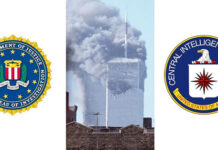


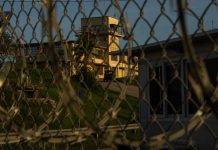

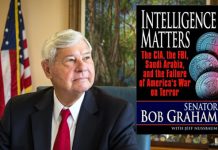
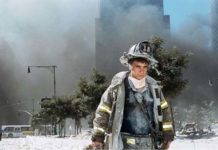

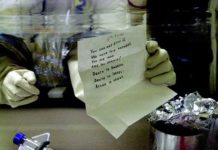

Anybody interested in the truth about 9/11 ought to read Daniel Hopsicker’s “Welcome to Terrorland: Mohamed Atta and the 9/11 Coverup in Florida”.
[…] https://covertactionmagazine.com/2021/09/11/the-twenty-year-shadow-of-9-11-u-s-complicity-in-the-ter… […]
Thanks for the sharing information.
Cessind • Admit Card, Answer Key,
Recruitment, Result 2022
[…] Action Magazine: The Twenty Year Shadow of 9/11 (Part 1): U.S. Complicity in the Terror Spectacle and the Urgent Need…, Aaron Good, Ben Howard and Peter Dale Scott […]
[…] Action Magazine: The Twenty Year Shadow of 9/11 (Part 1): U.S. Complicity in the Terror Spectacle and the Urgent Need…, Aaron Good, Ben Howard and Peter Dale Scott […]
[…] the Saudi government over Saudi support for the hijackers. He doesn’t explain the US’ historical relationship with Al Qaeda, the fact that the hijackers were identified by multiple intelligence agencies beforehand, or […]
[…] suing the Saudi government over Saudi support for the hijackers. He doesn’t explain the US’ historical relationship with Al Qaeda, the fact that the hijackers were identified by multiple intelligence agencies beforehand, or the […]
[…] Entretanto, os ataques do 11/9 foram planejados inicialmente na Alemanha, o treinamento foi implementado nos US e a maioria dos sequestradores era saudita. Recente artigo na CovertAction Magazine observou que: […]
why does the Wikipedia page:
https://en.wikipedia.org/wiki/Ahmad_Shah_Massoud
say that Osama bin Laden ordered Massoud’s assassination (not Abdel-Rahman from US custody)?
On anything related to the US empire, Wikipedia = CIApedia
Of 284 American Airlines planes which flew scheduled flights on 9/11 all had identification numbers ending in “1” (e.g., N5BPA1) except for two, and all had flown the previous day, Sept. 10th, except for two. The two exceptions in both cases were the two American Airlines planes which were hijacked. In fact, Sept. 11th was the first time each of the four hijacked planes had flown in nine months or more. Did the 911 Commission investigate these anomalies? (see https://kiaskblog.wordpress.com/2021/09/09/9-11-planned-demolition-of-the-truth/)
Are you able to provide supporting documents such as American Airlines records to support the clams that you making?
Apparently you haven’t read the posting on my blog (given above) where you will find the documentation you seek.
What is preposterous is a spontaneous collapse of the buildings. Nutty in fact.
An airliner crashing into a building is hardly spontaneous.
ON PHOTO IT IS NOT “Kamal Adham [Source: alchetron.com]”,
IT IS – Alexandre de Marenches …
ON PHOTO IT IS NOT Kamal Adham [Source: alchetron.com],
IT IS Alexandre de Marenches …
It turns my stomach when I read ” Islamic terrorists” uttered by those who should know better. Simply wrong. The two should not be put in a sentence together, else, in quotation marks (best to avoid). do these same people refer to America using Jewish terrorists, or Christian terrorists or Hindu terrorists – God knows there are plenty of them. No matter the content of the rest of the article, this term is as damaging as the American lie. You simply do not make this implication and drive it home with an otherwise noteworthy article. As a researcher, an analyst, I find it highly offensive.
And this rubbish: “In Iran, the CIA bankrolled the militant Warriors of Islam, an outfit described as a “terrorist gang” in an official CIA history. In 1953, various street thugs organized by the CIA created chaos in Tehran, even pretending to be communists whilst attacking mullahs and blowing up a mosque.” Seriously?!
In the intro, it should read “Islamist terrorists”–will try to fix…
And what part about the the Warriors of Islam passage do you take issue with?
When you made the comment ” God knows there are plenty of them” you are indirectly doing the same thing that the writer is doing as ” them” refers to ” Jewish terrorists, Christian terrorists and Hindu terrorists”
The USA is a puppet of larger powers, specifically the transnational oligarchs and robber baron class. We have been in the eye of the hurricane but the hurricane is moving to china.
[…] The Twenty Year Shadow of 9/11: U.S. Complicity in the Terror Spectacle and the Urgent Need to End I… […]
[…] Por Aaron Good, Ben Howard y Peter Dale Scott, publicado en Cover Action Magazine. […]